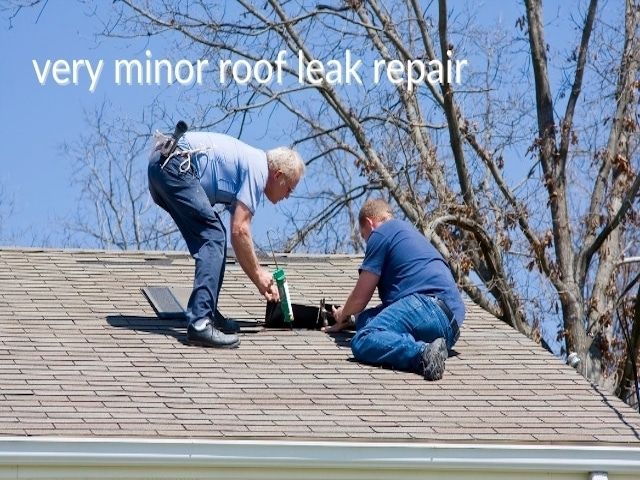Roof Leak Repair: Tips 101
A leaky roof may seem like a minor annoyance – but if left unaddressed, it could turn into a much bigger problem later. When conducting a roof leak repair properly, however, minor issues can be kept from worsening roof damage – and more expensive repairs.
Warning: These tips refer to very minor leaks only and do not replace a professional roofers advice. Also, working on a roof can be dangerous. For your safety we do not recommend this and encourage you to hire licensed and trained professionals like Ace Construction & Remodeling roofing experts.
Roof Leak Repair You Must Know
While we recommend hiring a roofing contractor for most repairs, catching issues while they’re minimal could spare you the need, and save you money. For the DIYers, here are some fundamental roof leak repair tips to help you nip a leaky roof in the bud.
- Know the clues. Water stains are a telltale sign of a leak; they can be in the ceiling or running down the wall. To spot water stains, look for that unmistakable bled-through appearance. If it’s above your attic, check for mold or rotting wood. Inspect your roof plumbing for torn rubber around it. Your shingles may also betray holes; even tiny ones can create a roof leak.
- Know your roof. Material, age, and installation quality are important factors to examine. Do your research. If your roof is wooden, for instance, a latex caulk would be an appropriate sealing mechanism. However, if you have a metal roof, you should opt for a butyl-rubber caulk. Of course, if it is old and significantly worn, you may need to replace your roof altogether.
- Know your sealant substances. There are caulks, and there are sealants: the biggest difference is elasticity. Generally, a caulk is any waterproof material that fills and re-bond gaps between building materials. It’s more rigid than sealants when dry. Sealants perform better in spaces prone to expansion and contraction. Consider how much stress your space typically endures, then determine which material is most suitable for you. Note that using a caulk or sealant is only effective for very minor repairs, such as keeping out small leaks, pests, and drafts. Using either when a leaky roof warrants more extensive repairs could give the homeowner a false sense of security. Make sure to inspect the roof as thoroughly as possible before applying any materials. Finally, caulks and sealants do come in different colors. Depending on how visible your roof leak repair will be, look for colors that closely match that of your roof’s.
- Know your tools. With roof repairs, you’ll want to do the job right the first time
- Know the safety precautions. Roof work is dangerous and falls are always a risk. Be vigilant, wear a helmet and soft boots with rubber soles, and consider using a harness for extra security. Prepare your household members for the upcoming construction project, and advise them to avoid the areas where you’ll be working. Enlist the help of a friend or family member to watch out for you.
DIY Repair Roof Leak Final Thoughts
While time-consuming with some risk involved, handling your own roof leak repair could be rewarding and cost effective for those willing to learn. But before getting started, you may still consider hiring a certified roof inspector to at least spot signs of damage that could otherwise be overlooked. Be prepared if they advise more involved repairs that exceed your own abilities.
Whatever you decide, the homeowner who plans ahead, avoids shortcuts, and exercises safety precautions will be happier in the long run.
At Ace Construction, we know what quality roof work looks like. Our licensed professionals are here to help. To request a quote, click here.





